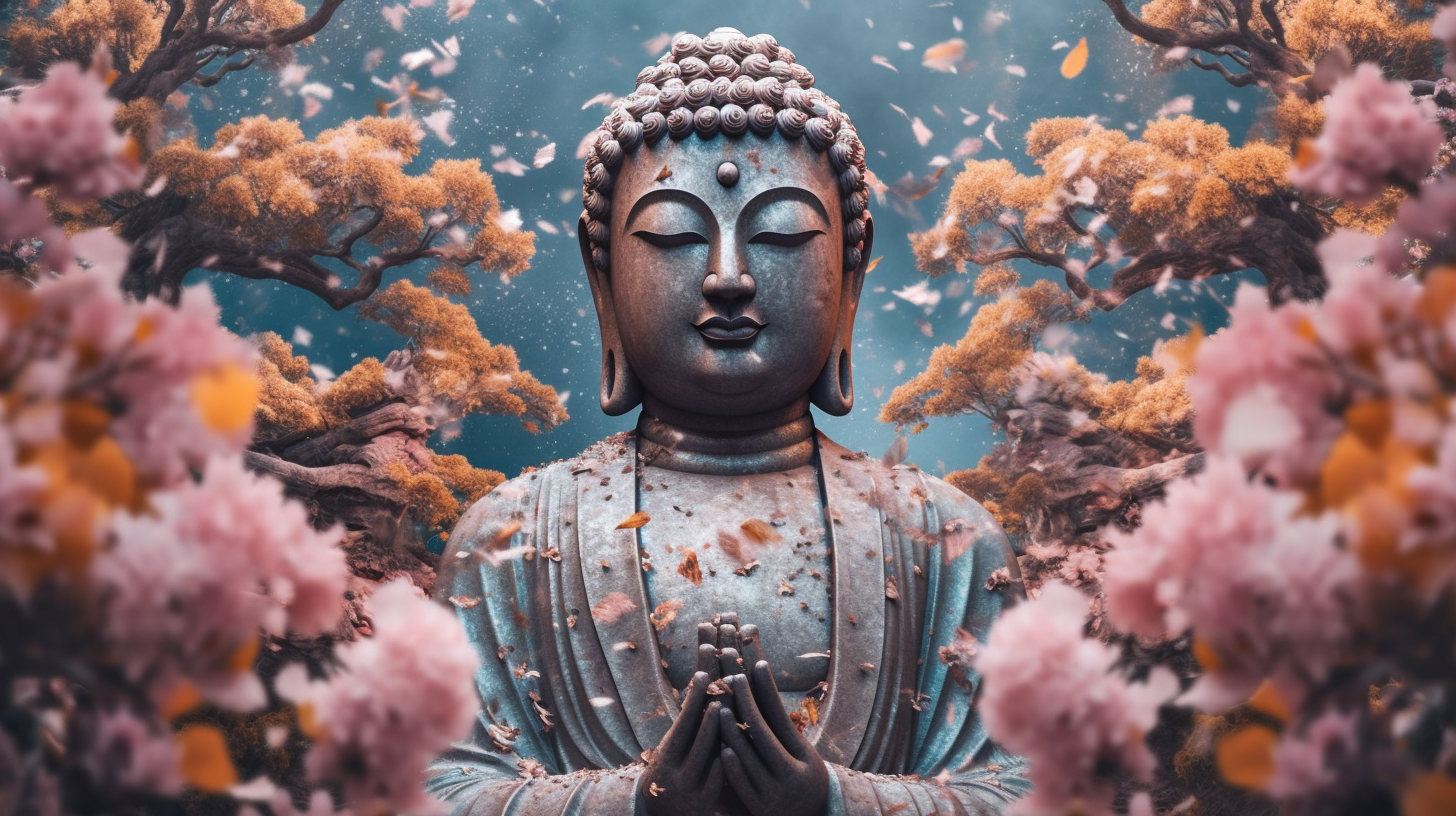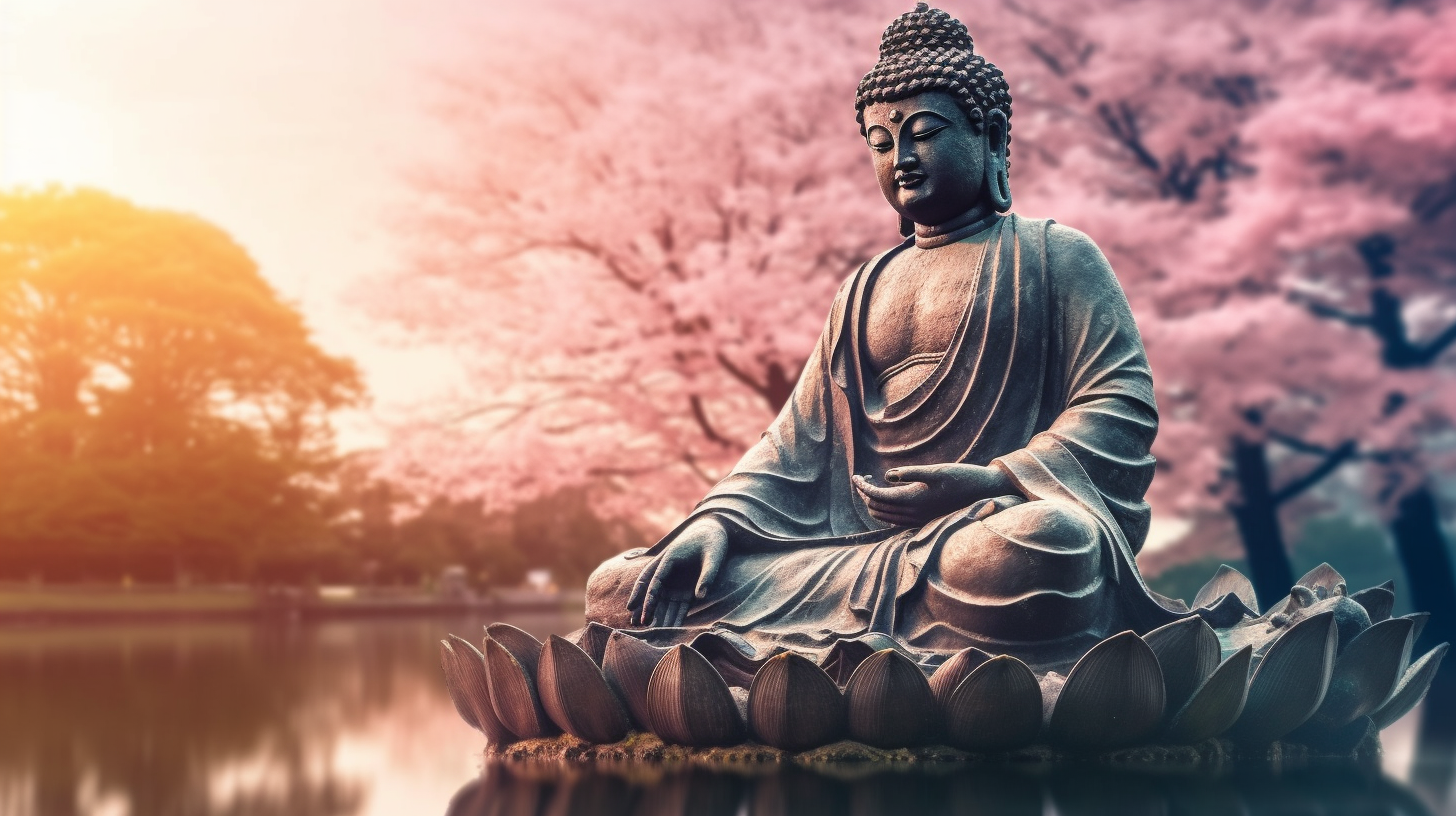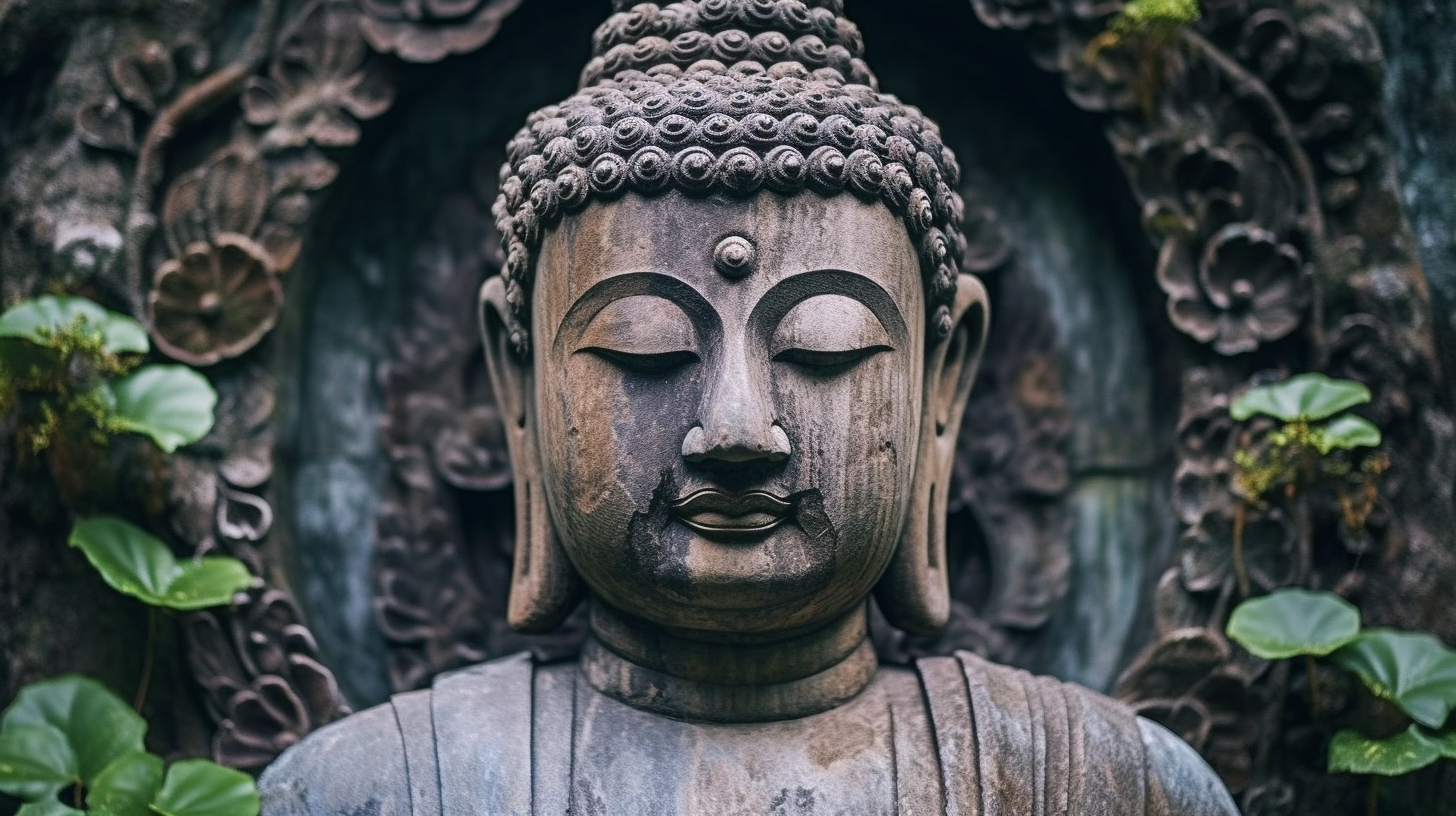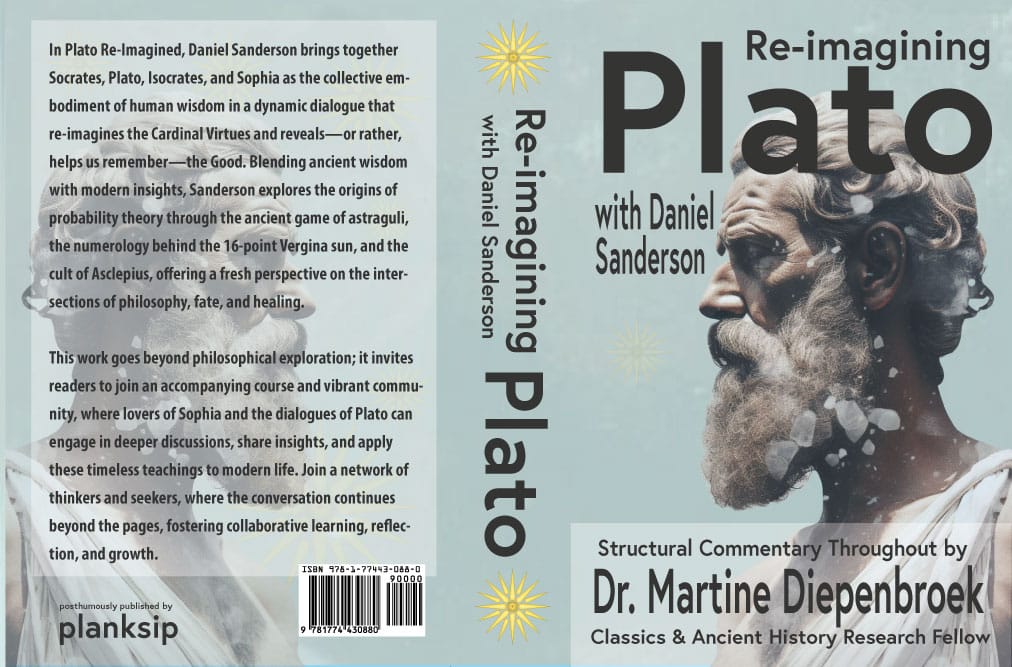The Art of Living in the Present: Lessons from Stoic and Buddhist Philosophies
In pursuing an examined life, various philosophical traditions have emerged throughout history, offering guidance on navigating the complexities of existence. Stoicism and Buddhism stand as two prominent schools of thought, each with its approach to the art of living in the present. While they may seem to converge on certain principles, it is crucial to engage critically with these philosophies, challenging their claims and uncovering the limitations of their teachings. By scrutinizing the Stoic and Buddhist perspectives, we can discern the intricacies of their doctrines, expose potential pitfalls, and forge a path toward a more nuanced understanding of the human condition.

Stoicism: The Rational Response to the Chaos of Life:
Stoicism, rooted in ancient Greece and Rome, presents a system of ethics to attain tranquillity through reason and acceptance of the natural order. Adherents of Stoicism advocate for an unwavering commitment to defence, arguing that it is the key to inner peace and personal virtue. However, this emphasis on basis often fails to account for the emotional and psychological complexities that define the human experience. As a result, stoicism, in its pursuit of virtue, may inadvertently dismiss the richness and diversity of human emotions, reducing them to mere impediments on the path to serenity.
Moreover, Stoicism's emphasis on determinism can lead to a fatalistic outlook, wherein individuals relinquish agency over their lives. The Stoic notion of accepting one's fate may encourage passivity and resignation in the face of injustice or adversity, ultimately undermining the pursuit of social progress. The Stoic sage, detached from external circumstances, may find solace in their internal harmony but risks becoming indifferent to the suffering of others. While offering a personal escape, this individualistic detachment falls short of addressing the interconnectedness of human existence and the moral imperative to engage with the world.
Buddhism: The Path to Nirvana and the Illusion of Self:
In contrast, Buddhism, originating in ancient India, centers around the alleviation of suffering through the eradication of desire and the realization of non-self. The Buddha's teachings advocate mindfulness, meditation, and detachment from worldly attachments to attain enlightenment. While Buddhism offers valuable insights into the nature of suffering and the impermanence of existence, its emphasis on renunciation and denying desire raises concerns.

The Buddhist notion of non-self challenges the conventional notion of permanent, inherent identity. However, this radical negation of selfhood may overlook the importance of personal agency and individual responsibility. By disregarding the self as an illusion, Buddhism risks reducing human agency to a mere transitory phenomenon, neglecting the capacity for self-transformation and moral autonomy. Additionally, the emphasis on detachment from desire can lead to a withdrawal from worldly engagements, potentially hindering social progress and ethical action.
The Confluence of Stoicism and Buddhism:
Although Stoicism and Buddhism exhibit fundamental differences, they share common ground in promoting mindfulness, self-discipline, and the cultivation of virtue. In addition, both philosophies emphasize the importance of living in the present moment, embracing impermanence, and finding tranquillity amidst the chaos of existence. However, we must approach this convergence with a discerning eye, questioning whether it is merely a result of parallel discoveries or a universal truth grounded in the human experience.
Beyond the Present: Engaging with the Complexity of Life:
As we engage critically with Stoicism and Buddhism, we must not succumb to the allure of oversimplified solutions. The art of living in the present extends beyond a singular philosophical framework. Intricacies, contradictions, and the perpetual search for meaning mark human existence. We must navigate the complexities of our emotions, desires, and relationships, recognizing that our pursuit of self-actualization and societal progress demands a more nuanced approach.
Instead of seeking solace in the detachment advocated by Stoicism and Buddhism, we should embrace the full spectrum of human experiences. Emotional richness, intellectual curiosity, and social engagement are essential components of a well-lived life. Challenging conventional wisdom and critically examining philosophical doctrines pave the way for a more holistic understanding of our existence.

Conclusion:
While offering valuable insights into the art of living in the present, the Stoic and Buddhist philosophies must be subject to rigorous examination and critique. Stoicism's emphasis on reason and determinism, as well as Buddhism's renunciation and denial of selfhood, both warrant careful consideration. As we navigate the complexities of our lives, we should resist the temptation to confine ourselves to a singular framework and instead embrace the intellectual rigour of critical engagement. Doing so opens us to a richer understanding of the human condition and the myriad possibilities beyond the pursuit of tranquillity alone.

Plato Re-Imagined
This course offers 32 comprehensive lectures exploring most of Plato's dialogues. These lectures guide students toward a consilient understanding of the divine—a concept that harmonizes knowledge across disciplines and resonates with secular and religious leaders. As a bonus, Lecture #33 focuses on consilience, demonstrating how different fields of knowledge can converge to form a unified understanding.






